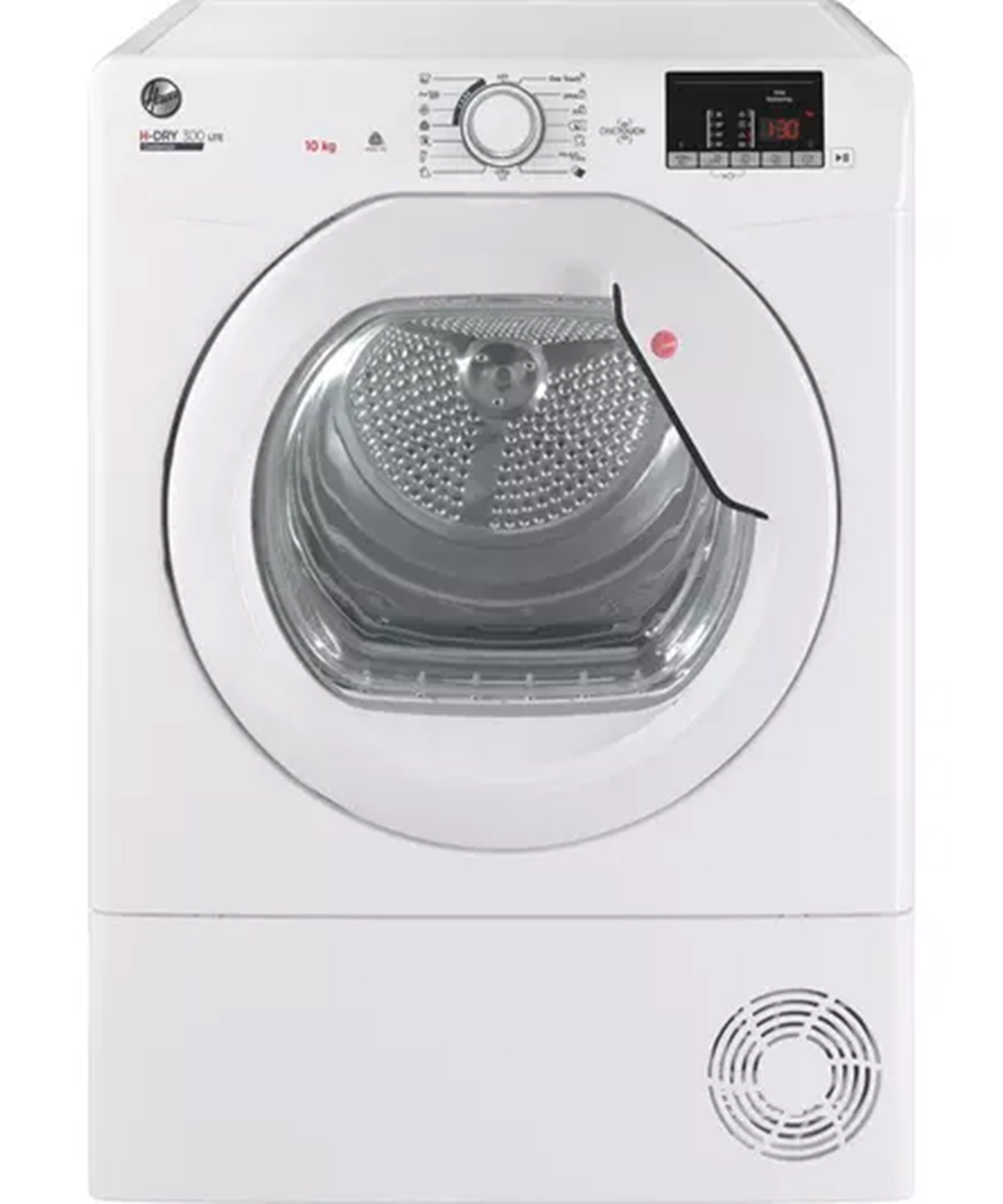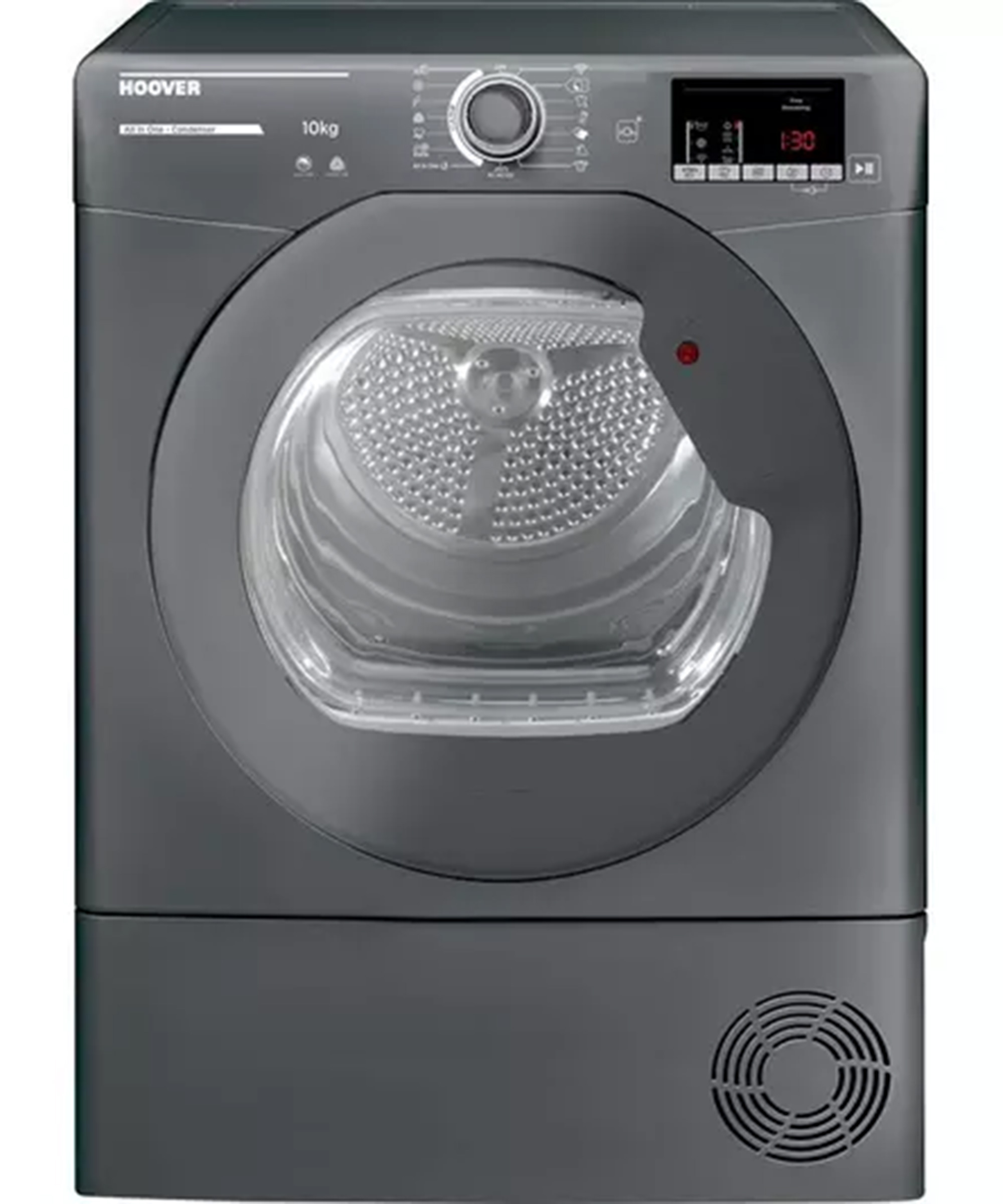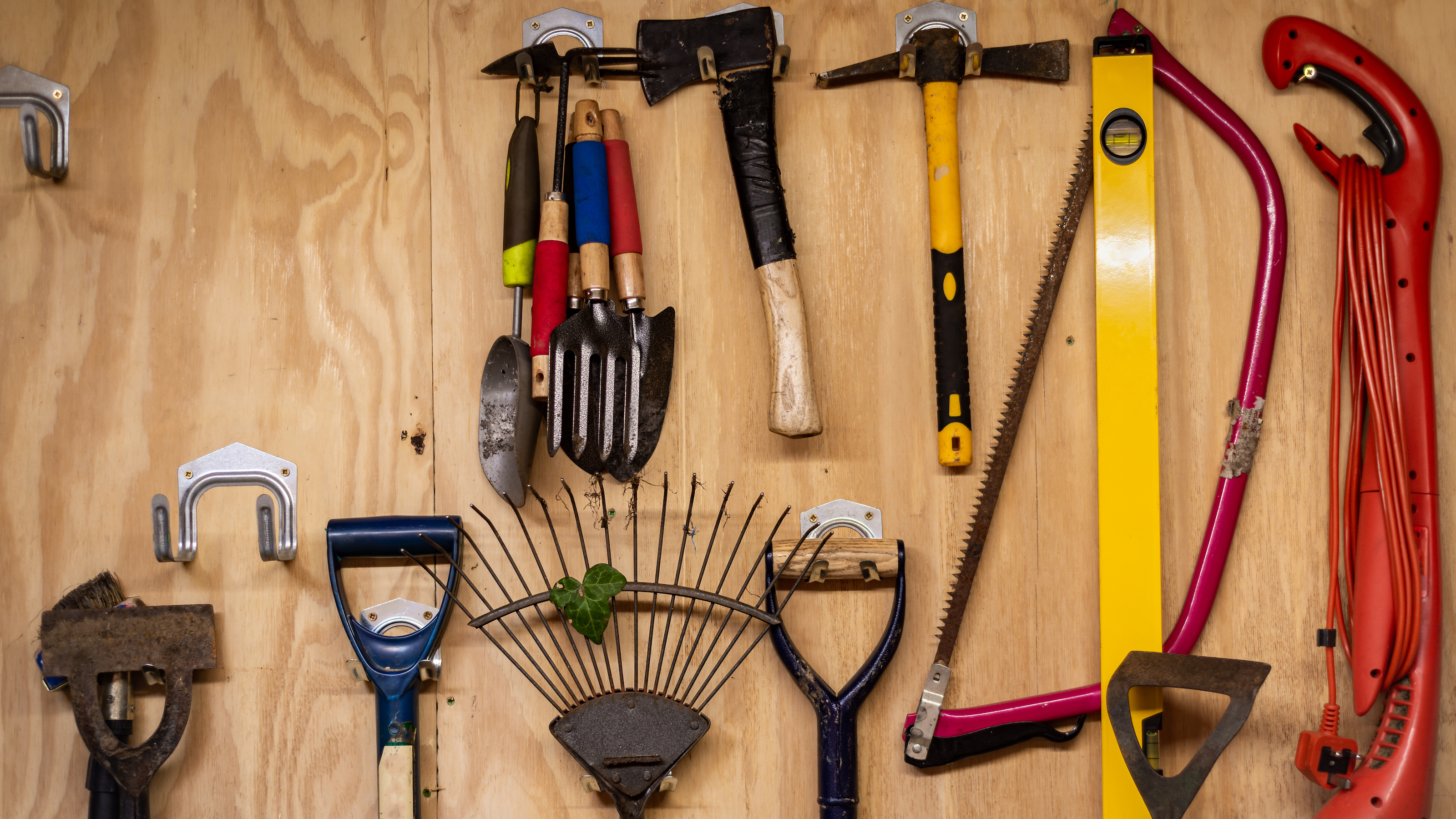What is a condenser tumble dryer and could it work for you?
Just what is a condenser tumble dryer, how do they work and are they as good as other types of tumble dryer? In this handy guide, we take a look at how they work, their pros and cons and how they stack up cost-wise
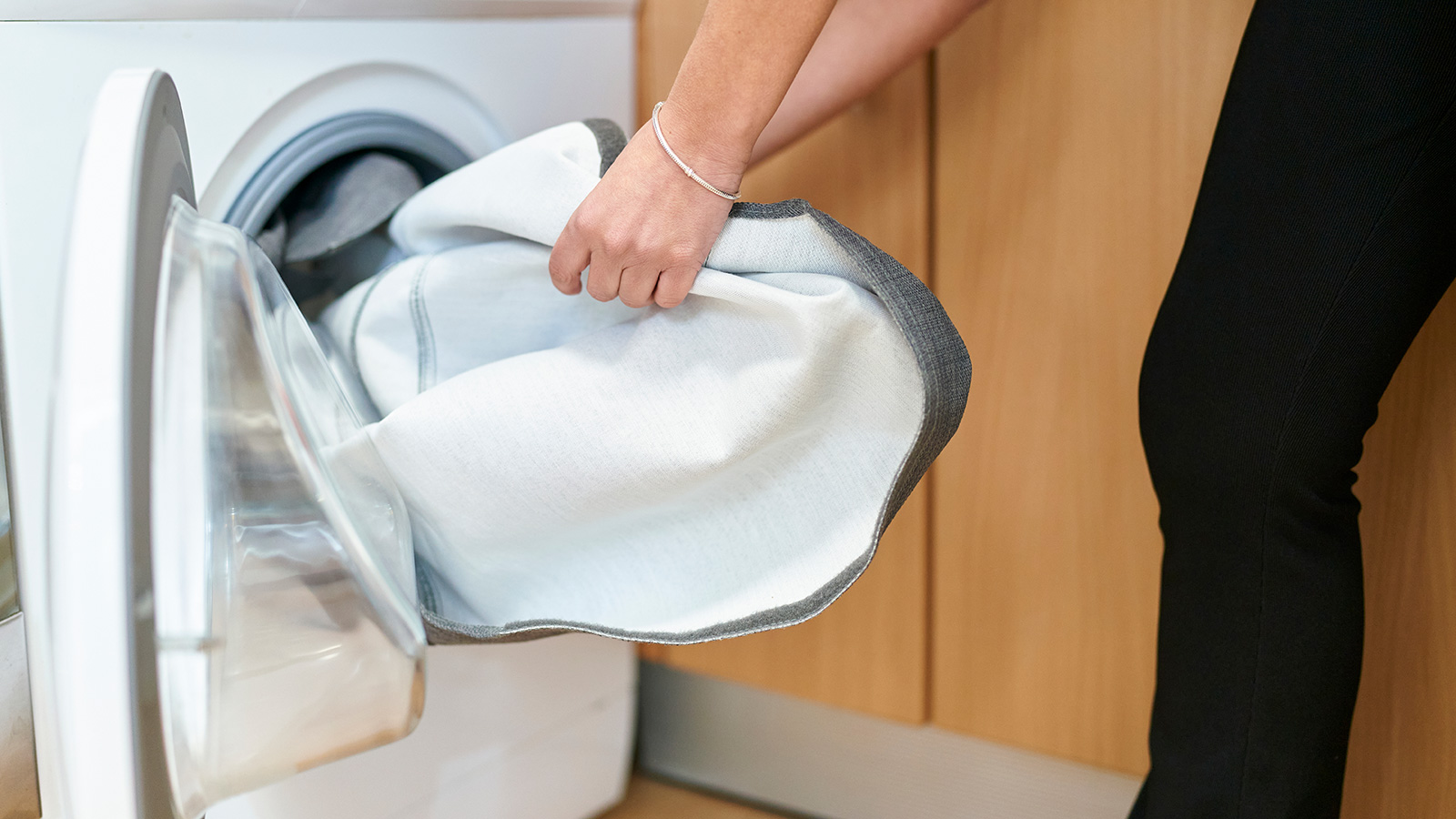
What is a condenser tumble dryer? If you are in the market for a new appliance to help get your wet washing dry in less time than it would hanging around on airers in the house, or as part of your updated utility room ideas, then you may well be considering purchasing a new tumble dryer.
Condenser tumble dryers remain a really popular option with many homeowners, despite the introduction of the more energy efficient heat pump tumble dryer, and there are several reasons for this, which we will look into here.
In this article, we explore exactly how this type of tumble dryer works, how much they cost to buy and run and how they compare to other appliances designed to dry your laundry.
What is a condenser tumble dryer?
There are three common types of tumble dryer: vented, condenser and heat pump models.
They all work in slightly different ways to dry wet laundry, and each comes in at a different price point, will have different running costs and will be suitable for different types of home.
When configuring your laundry room ideas, it is likely that you will need to consider appliances too — namely a washing machine and tumble dryer.
Unlike vented tumble dryers, a condenser dryer requires no plumbing and will not need to be vented to outside, just like a heat pump dryer.
"A condenser tumble dryer collects moisture from your wet clothes in a container, sometimes referred to as a reservoir, which is located within the dryer itself," explains James McCartney, business development director at Appliance City. "This tank collects the water and when it’s full you simply have to empty it."
If you opt for a condenser washer/dryer (as opposed to a dryer only model), the water that would have been collected in the reservoir is often pumped out through the washing machine's plumbing.
Without the need for ducting to vent this kind of appliance to outside, these are a great option for those with no external wall to place their dryer against.

James McCartney is business development director at Appliance City. James is an appliance expert who has worked in the industry for over 30 years.
Condenser dryer pros and cons
As with any kind of appliance, there are both good points and bad when it comes to condenser tumble dryers. Familiarising yourself with these advantages and disadvantages is important if you want to ensure that you are buying the right product for your individual needs.
The main benefit of a condenser tumble dryer is the fact that they can be located anywhere in the house you desire.
"If you require a dryer but only have space in a room without windows, or you’re renting a home and don’t have permission to make a hole in an external wall, a condenser tumble dryer is the perfect option for you," says James McCartney.
That said, you still need to consider how you will ventilate the space around your new appliance.
"A condenser dryer does need a constant supply of cool air to function," points out Salah Sun, head of product marketing at Beko Plc. "When installing your appliance, make sure you place the dryer in a well-ventilated room, where warm air can easily escape."
Pros of condenser dryers:
- Can be placed anywhere in the home as require no external venting
- Dry laundry slightly faster than a heat pump tumble dryer
- Cheaper to buy than a heat pump tumble dryer
- Can use the water collected for other uses, such as watering your plants
Cons of condenser dryers:
- More expensive to run than heat pump tumble dryers
- Not as energy efficient as heat pump models
- Need to empty the water container on a regular basis
- A little more expensive to buy than vented models
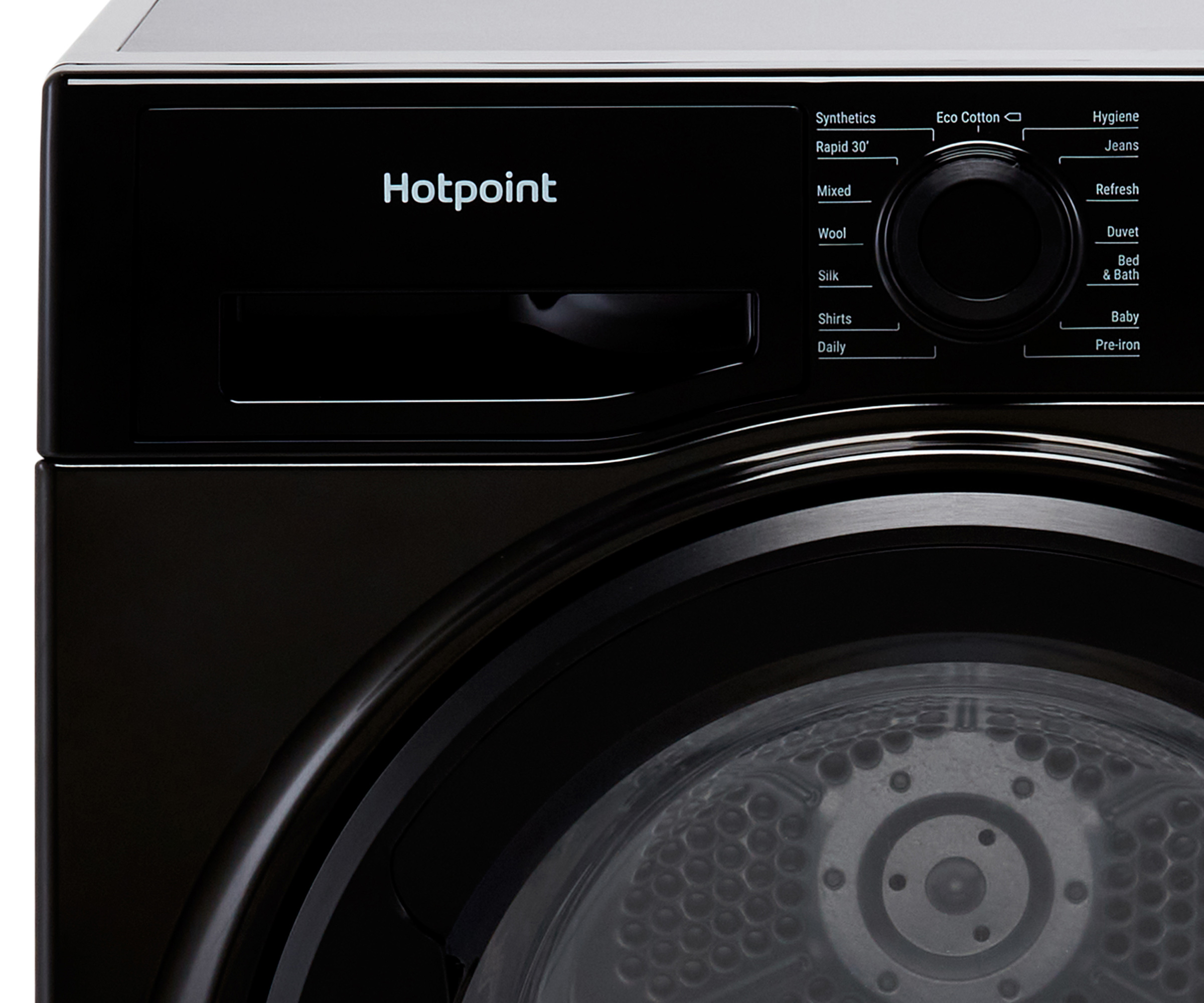
How much do condenser tumble dryers cost to run?
The cost of running a tumble dryer varies hugely depending on the type and model but we can get an approximate idea of condenser dryer running costs.
According UK independent energy regulator, OfGem, the UK's independent energy regulator: "From 1 January 2024, for a typical user paying by direct debit, the unit rate will be 29p/kWh for electricity."
We can use this figure to work out the average running cost of a condenser tumble dryer.
For example, Beko's DTKCE80021W 8 kg Condenser Tumble Dryer, available at AO.com, has an energy consumption per cycle of 4.75 kWh at full load. This would cost you roughly £1.38 and would take around 142 minutes.
Condenser dryers are less energy efficient than heat pump tumble dryers but a little more efficient when compared to most vented models.
"A condenser tumble dryer reaches a maximum temperature of 70-75 °C," explains Salah Sun. "The maximum temperature reached in a heat pump tumble dryer is 50°C. Although the drying times for cycles in condenser tumble dryers are shorter than cycles in heat pump dryers, the high temperature combined with the expulsion of hot air means the appliance uses significantly more energy."
Are condenser tumble dryers expensive?
Condenser tumble dryers are, on the whole, more expensive to purchase than vented models and less expensive than heat pump models. That said, they are less energy efficient than heat pump models too so, in the long run, you might not actually end up saving any money.
At the cheaper end of the market, you can pick up a condenser tumble dryer for as little as £250. However, for a model with a few more time-saving features and a larger capacity drum, you would be look at costs closer to £480-£500.
Check out what you can get for your money
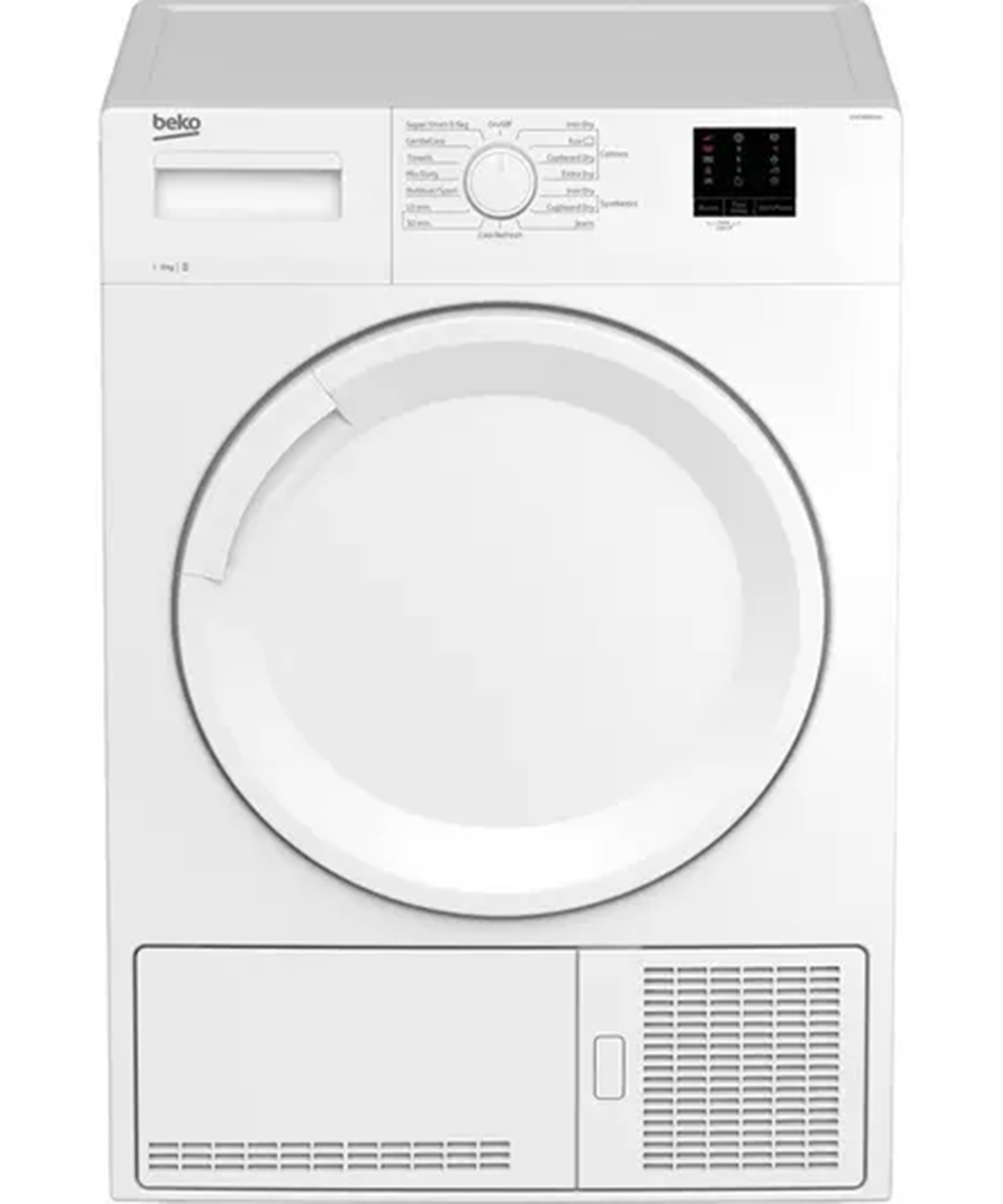
This cost-effective tumble dryer from Beko is B Rated and features automatic sensor programs that stop the cycle as soon clothes are dry. It takes an 8kg load easily and also allows you to link the drain hose to a drainpipe meaning you won't have to empty the tank.

Chris and his partner Michelle started Meaco in 1991. Meaco is now regarded internationally as a major player in the dehumidifier industry selling to 20+ countries throughout Europe, North America and South Africa. Meaco sets the benchmark for quality and development in its sector, leading by example and reducing the energy consumption of its appliances.
If you are still wondering whether a condenser tumble dryer is the right choice for you then be sure to explore all the other options first.
It will be well worth taking a look at 'what is a heat pump tumble dryer?' first and also exploring the options that could help you dry your laundry quicker than don't involve using a dryer at all.
Dehumidifiers with laundry drying modes can really help cut down on the time wet washing takes to dry and cost less to run than tumble dryers too.
"Dehumidifiers are effective at drying washing indoors and use considerably less electricity than tumble dryers," says Chris Michael, managing director of Meaco.
Get the Homebuilding & Renovating Newsletter
Bring your dream home to life with expert advice, how to guides and design inspiration. Sign up for our newsletter and get two free tickets to a Homebuilding & Renovating Show near you.
Natasha was Homebuilding & Renovating’s Associate Content Editor and was a member of the Homebuilding team for over two decades. In her role on Homebuilding & Renovating she imparted her knowledge on a wide range of renovation topics, from window condensation to renovating bathrooms, to removing walls and adding an extension. She continues to write for Homebuilding on these topics, and more. An experienced journalist and renovation expert, she also writes for a number of other homes titles, including Homes & Gardens and Ideal Homes. Over the years Natasha has renovated and carried out a side extension to a Victorian terrace. She is currently living in the rural Edwardian cottage she renovated and extended on a largely DIY basis, living on site for the duration of the project.
